Learn how to avoid the dreaded soggy bottom (and much, much more) with tips from one of our favorite bakers: The Great British Baking Show's Mary Berry.
The 15 Best Baking Tips from Mary Berry
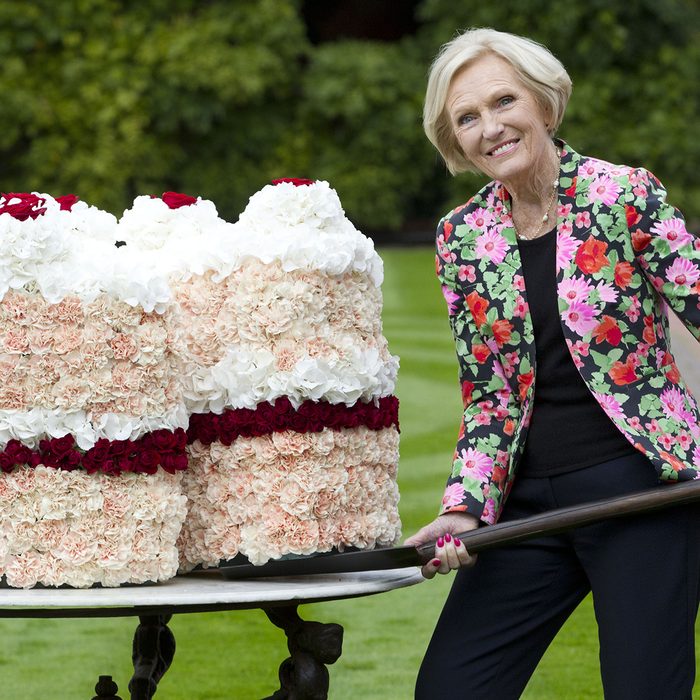
We all know Mary Berry as our favorite Great British Baking Show judge, past or present. She’s insightful, kind and full of brilliant baking tips. To keep up with Mary in the kitchen, we’ve rounded up her best advice—perfect for making these Great British Baking Show copycats.
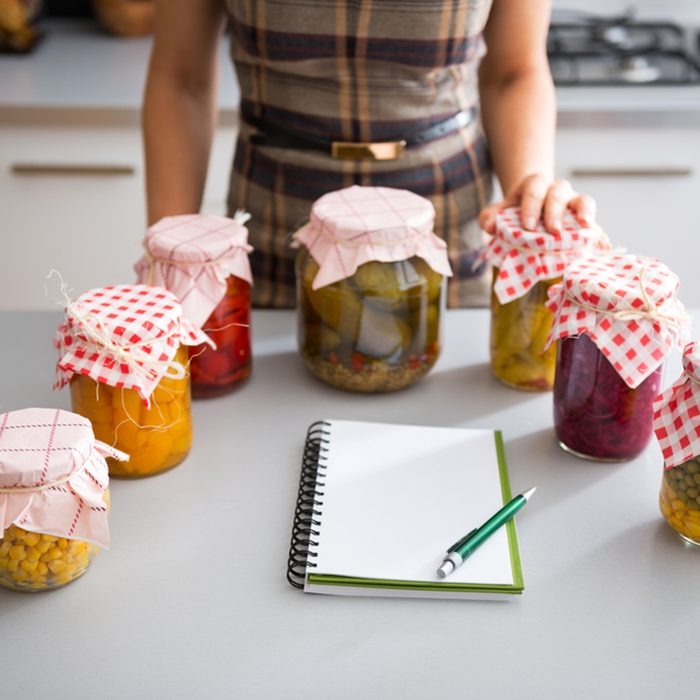
Take diligent notes
Mary Berry tells BBC’s Good Food that when making a new recipe, she likes to makes notes as she goes along. “You’ll know for next time how your process and equipment affects the final product,” she says. So next time you tackle a recipe on your baking bucket list, be sure to make note of how finely you chopped the walnuts, which piping tip you used and more.
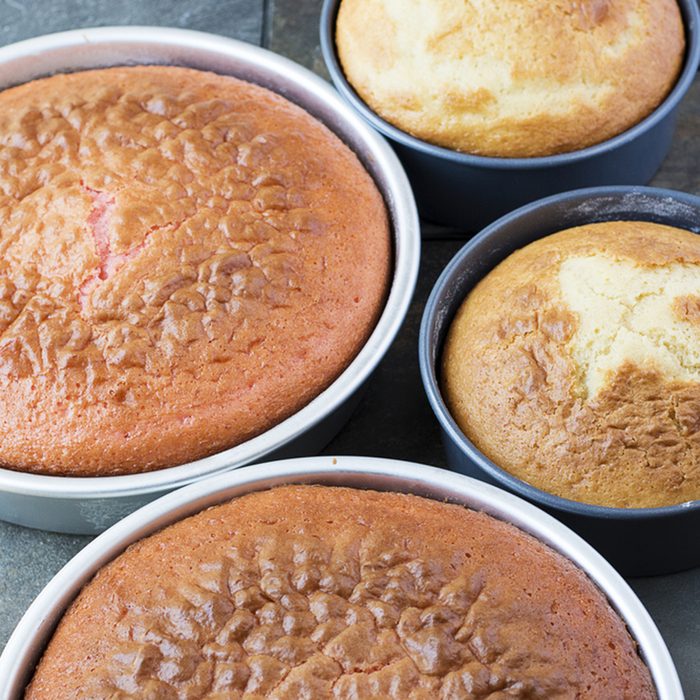
Don’t let toothpicks be your only guide
Insert a toothpick into your cake, and if it comes out clean, it’s done. Right? Surprisingly, Mary warns against this. She says that “if the cake is not a golden color, it’s not cooked,” even if that pick comes out clean. Mary recommends visually inspecting the cake, pushing on it lightly to see if it springs back and double-checking with a pick.
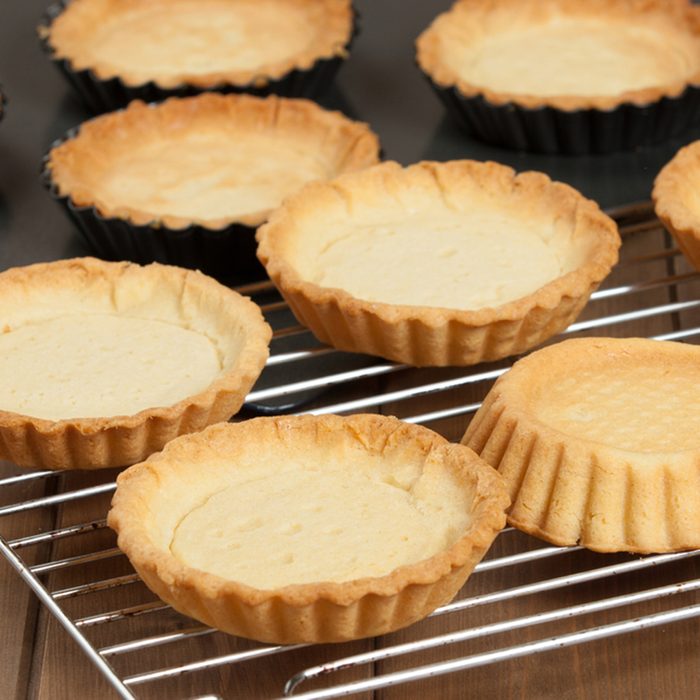
Prevent soggy bottoms
Baking Show fans know that there’s nothing worse than a soggy bottom on pies and tarts. In an episode of The Great British Baking Show: Masterclass, Mary demonstrates how to avoid this mishap by rolling the pastry dough extra thin and then blind baking it. The combination will make sure the crust is cooked through and never soggy.
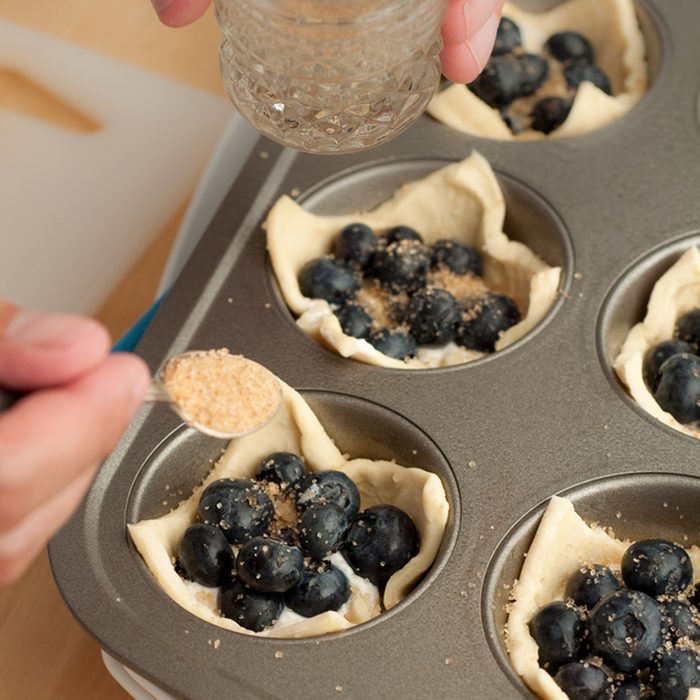
Some shortcuts are OK
Even this celebrity baker knows that sometimes it’s just more practical to rely on a few baking shortcuts. Mary told Yours Magazine that while you can make your own puff pastry, “make life easier for yourself by using shop-bought puff pastry.” It will taste just as good and save you time, too.
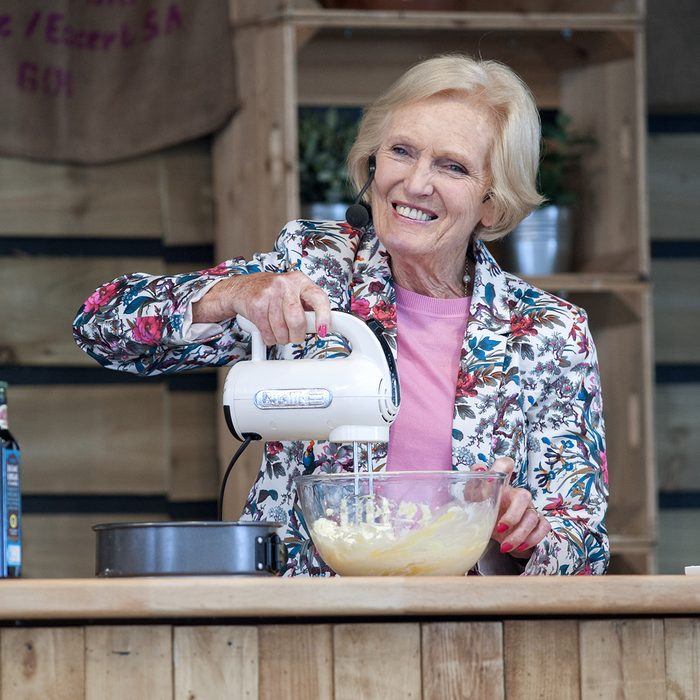
Take advantage of gadgets
Some folks think it’s more authentic to do all the work by hand, but Mary isn’t one of them. If using a stand mixer, food processor or other gadget saves you time, Mary is okay with that: “There are enough parts of the process that will require manual skill, so you may as well save time where possible.” Knowing how hard it is to whip cream by hand, I agree!
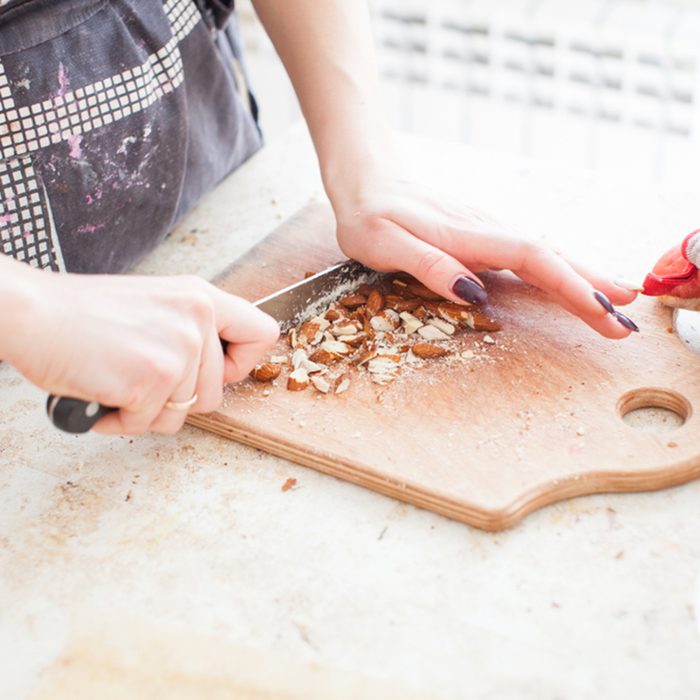
Keep fruits and nuts from sinking
Mary explains in The Great British Baking Show: Masterclass, that to prevent cherries from sinking in batter, it’s best to cut them into smaller pieces—she advises quarters—and then rinse and dry them. Smaller pieces of fruit (or nuts or chocolate) will stay suspended in cake batter ensuring even distribution.
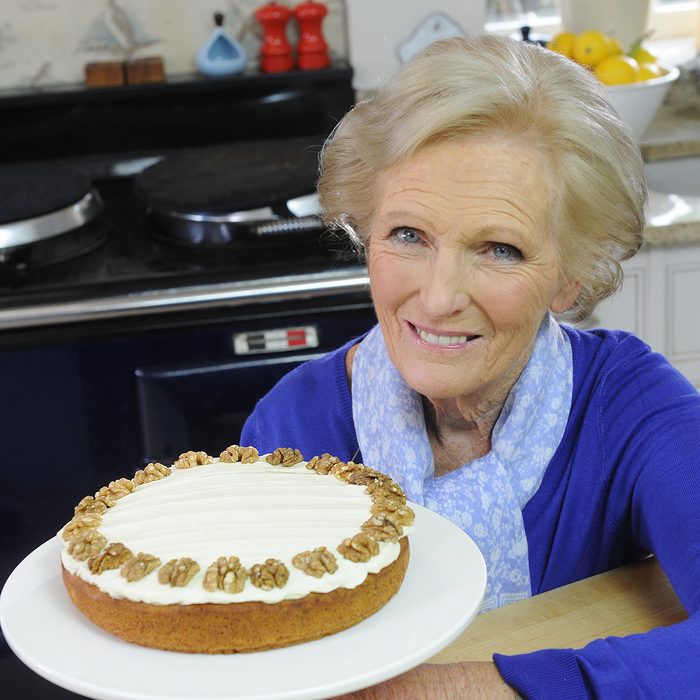
Use the right pan
When it comes to baking, not all pans are created equal. Mary explains to Good Food that “different cakes require different tins depending on the ingredients and how quickly you want the eat to get to the mix.” So don’t think you can pop just anything in a Bundt pan! Always follow the recipe and be sure you have the right equipment.
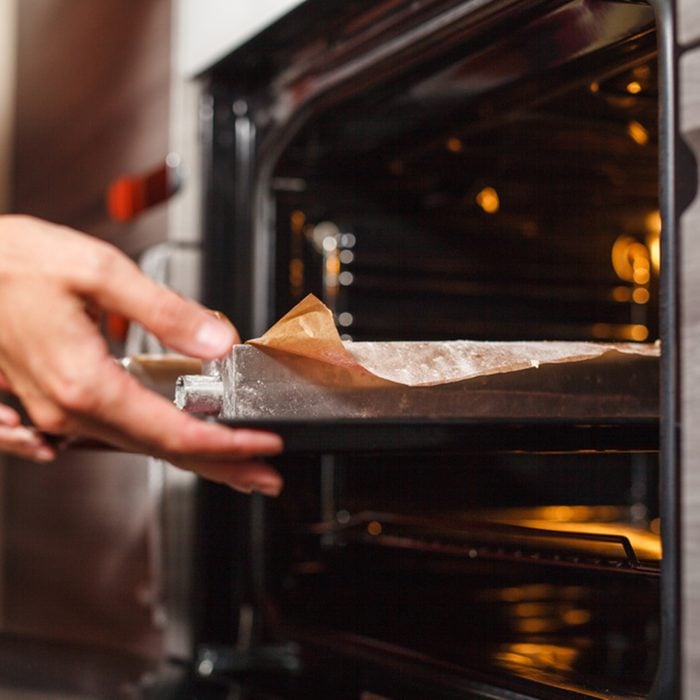
Don’t bake on the top rack of the oven
Mary makes mention of this tip time and time again. Bake cakes on the middle or lower racks of the oven. She tells Paul in one episode that if cakes are baked too close to the top of the oven, they can form a peak or even a hard crust that can crack. So stick to the middle for nice, level cakes.
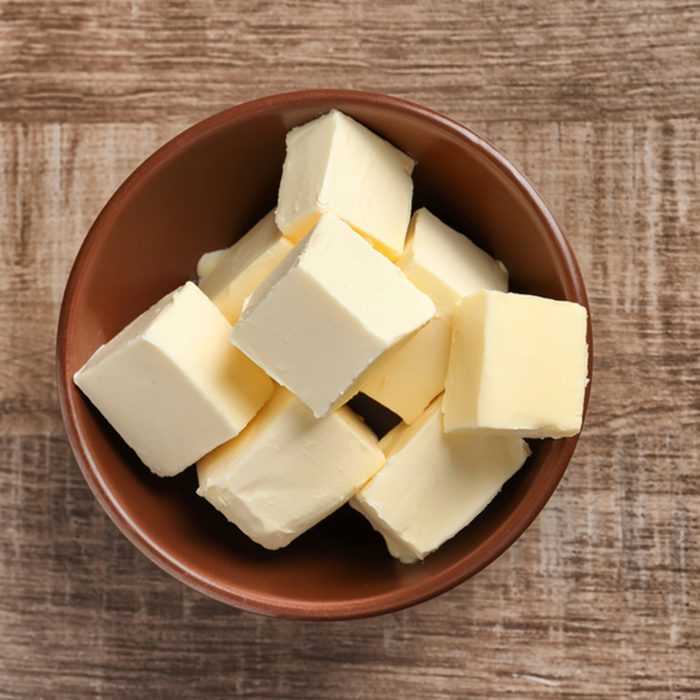
Soften butter fast
When it comes to softening butter for baking, we’ve got our methods, but Mary has a trick of her own. To get butter soft, she cuts it into cubes and then places it into a bowl of lukewarm water to sit for 10 minutes. Drain and then use the butter as normal. (Be sure to measure your butter beforehand, though.)
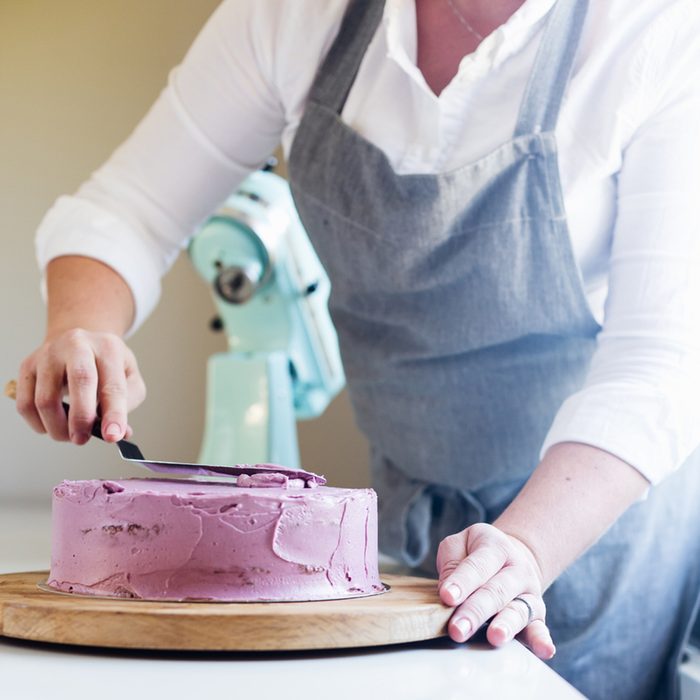
Thin icing while you frost
If you’ve ever started to frost your favorite bars—or traybakes as Mary would call them—only to find that your powdered sugar icing is too thick, follow Mary’s simple trick from Masterclass. Just dip your knife or offset spatula in hot water. It will help thick icing smooth out as you go.
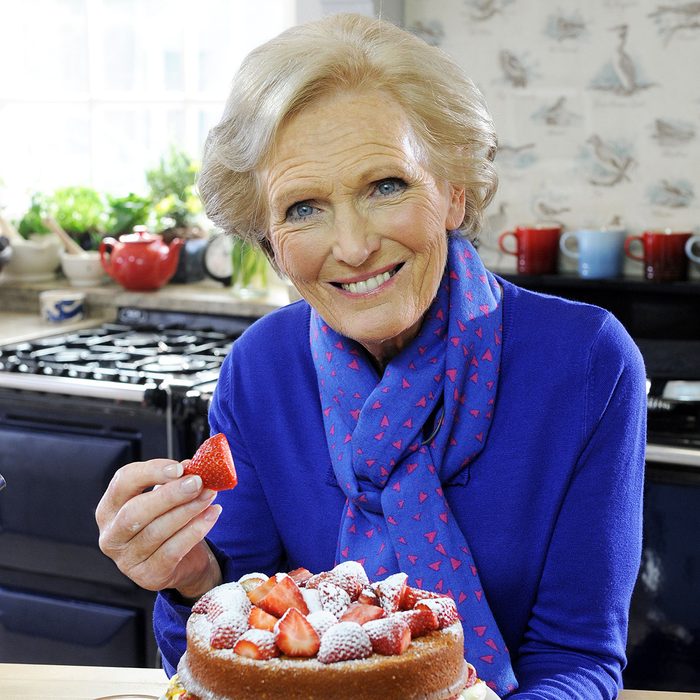
Give bakes that finishing touch
Mary tells Paul Hollywood in Masterclass that almost any bake can get that professional-looking touch with just a bit of powdered sugar to finish. Use a sifter or a shaker to dust a bit on top of a fruit tart, pie or a pan of beautiful brownies.
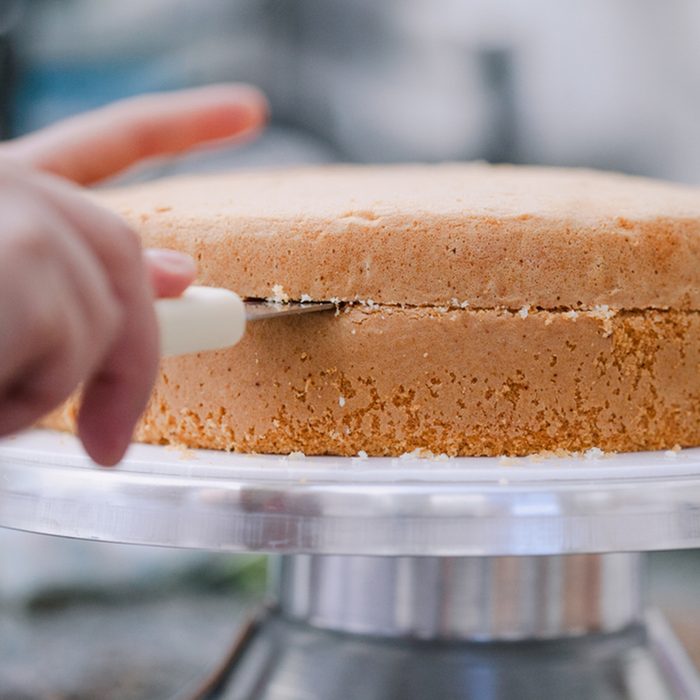
Wait a day to slice
If you’re making a beautiful layer cake that requires you to slice each layer in half, Mary recommends waiting a day after baking. This not only allows the cakes to cool entirely, but you’ll have an easier time slicing, with fewer crumbs.
Don’t forget these crucial steps when baking your next layer cake.
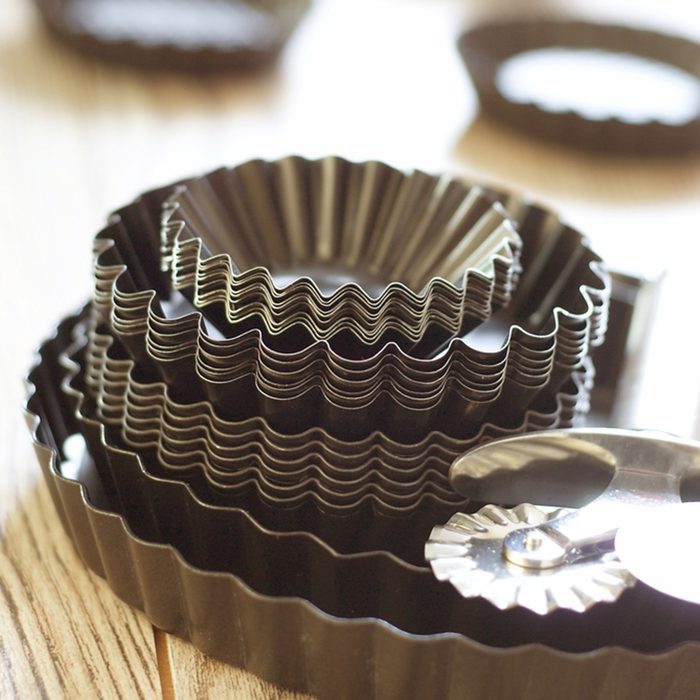
Stop grabbing the wrong pans
Ever go to grab an eight-inch cake pan only to find it’s actually 10 inches across? Instead of measuring her pans every time, Mary tells Paul that she takes a permanent marker and writes the size in big numerals on the bottom side of the pan. This makes finding the right one simple. No more over—or under—filled pans again!
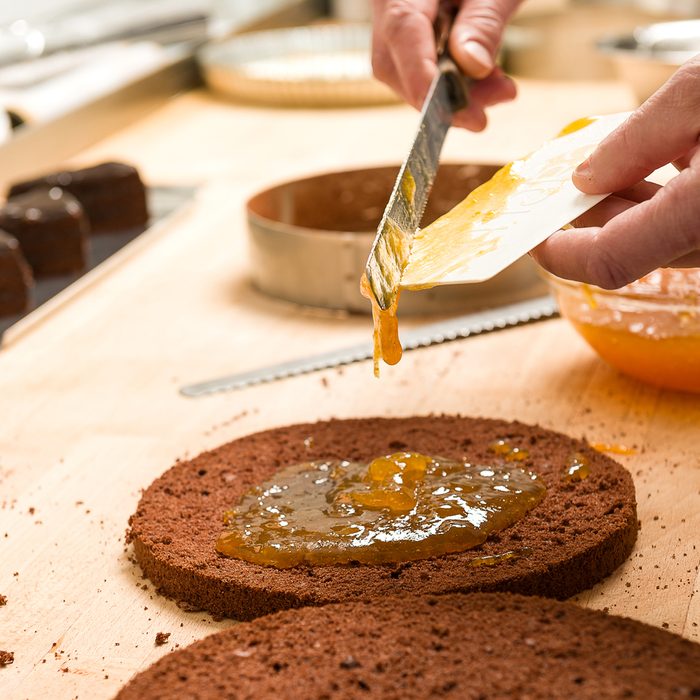
Coat your cakes before frosting
Ever have issues with crumbs infiltrating your buttercreams when you frost a cake? Mary tells the BBC that to prevent a crumbly mess, you can coat the cakes with a very thin layer of jam (apricot is often used for its mild flavor). “This seals the cake and acts as a base for icing to be added,” she says.
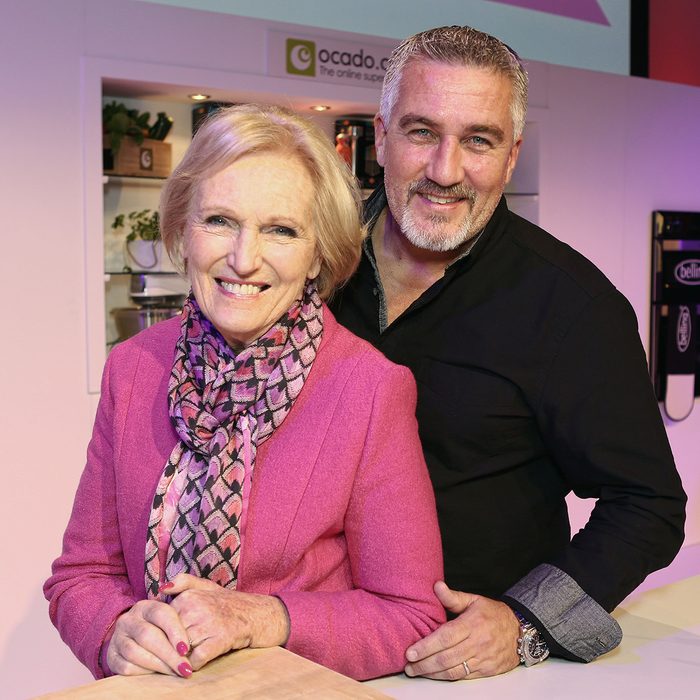
Be kind to your fellow bakers
We all have had our fair share of baking fails and cake mistakes, but Mary tells the UK’s Radio Times that even if your bestie makes a dessert that flops or your kiddo’s attempt at pancakes fails, “tell them how they will do better next time.” This will give them a bit of encouragement to set them up for success the next time around. Maybe Paul Hollywood needs to take this tip to heart!



















